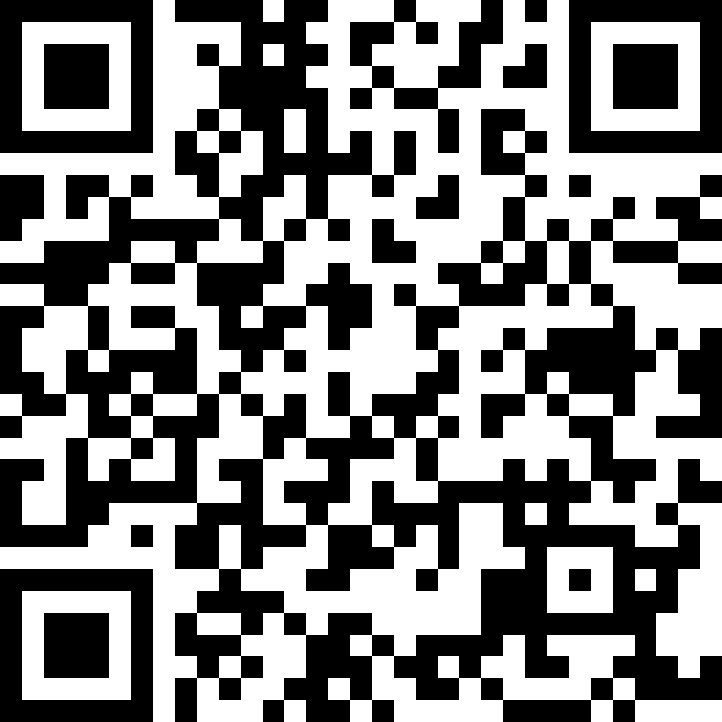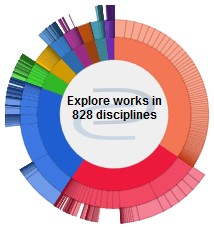Graduate Program
Biological Sciences
Degree Name
Master of Science (MS)
Semester of Degree Completion
2012
Thesis Director
Eric Bollinger
Thesis Committee Member
Stephen Mullin
Thesis Committee Member
Paul Switzer
Abstract
American Robins (Turdus migratorius) typically eject parasitic cowbird eggs from their nests. In order to successfully remove parasitic eggs, robins must first be able to differentiate between their own and foreign eggs and then remove the unwanted egg(s). This study addressed these behaviors. A robin's ability to recognize its own eggs was tested by adding artificial cowbird eggs to robin nests at various parasite-tohost egg ratios which created three treatments: (1) a majority of robin eggs in the nest, (2) an equal number of robin and cowbird eggs, and (3) a majority of cowbird eggs. At 89% of nests (51 of 57), robins ejected all cowbird eggs, and latency to ejection did not differ between these three treatments, indicating egg recognition. However, host-toparasite egg ratio and date had a significant effect on the risk of ejection: a combination of the likelihood of ejection and latency to ejection. Ejection was more likely to happen, and happen faster, as the proportion of parasitic eggs in the nest increase and as the nesting season progressed. Because the likelihood of birds undergoing their initial nesting attempt is greater earlier in the nesting season, these results suggest that robins may learn to recognize their own eggs during their initial nesting attempt.
Recommended Citation
Lang, Allison Karlien, "Egg Recognition and Cowbird Egg Ejection Behavior in the American Robin (Turdus migratorius)" (2012). Masters Theses. 736.
https://thekeep.eiu.edu/theses/736




